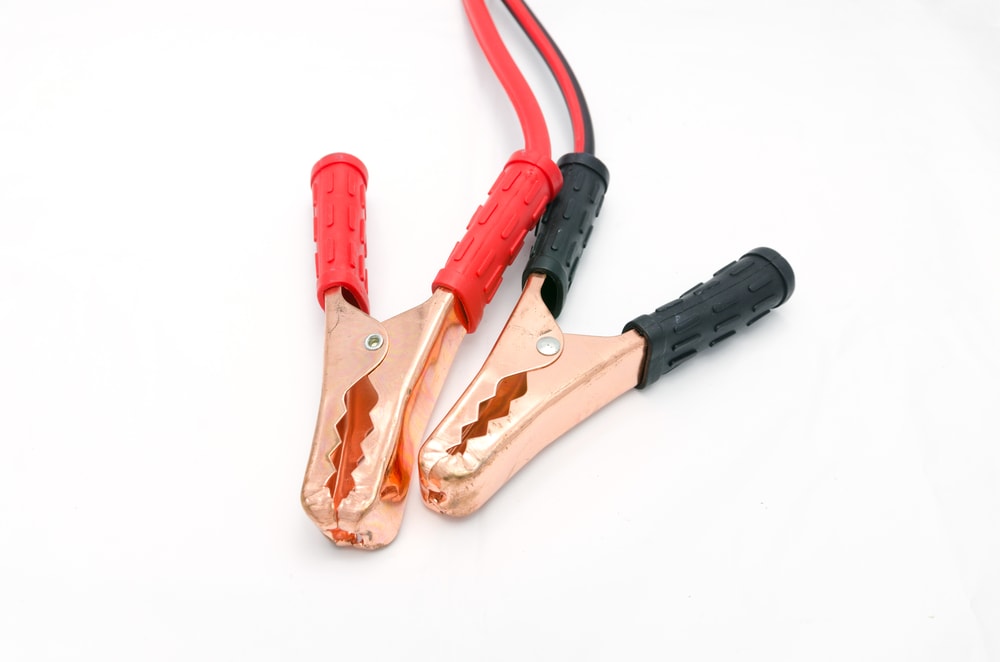

You may think that all jumper cables are the same, but nothing could be further from the truth! Finding those jumper cables in the bargain bin may seem like a great idea at the time, but the shock that you get from cables that don’t have rubber-coated handles will quickly convince you that you should do your research before making a purchase. Learn about the minimum specs for these handy tools as well as tips for making the jump safely.
Gauge and Width
Seeing a nice, thick pair or jumper cables at the store marked “heavy duty” can be deceiving—what you really need to look at is the gauge of the cables themselves. Hint: a higher number gauge is not better! A 10 gauge cable will not get you enough juice to jump your vehicle, and a 6 gauge should give you plenty of oomph unless you need to jump-start a dump truck. The lower the number, the faster it will charge and the more power that passes through.
Clamp and Length
When you go shopping for jumper cables, be sure you’re getting a good, solid clamp with teeth that don’t look like they will slip off the battery terminals. Getting some nice, rubber-coated handles helps assure that you won’t be getting a shock. A good minimum length for jumper cables is 12’, but even longer would be better in case you’ve gotten yourself and your vehicle into a crazy location and need a jump.
Starting the Jump
Having the correct type of jumper cables is only the first hurdle. Next you actually need to know how to use them without disastrous consequences. After you’ve parked the vehicles facing each other and opened the hoods, clamp one end of the red cable to the positive battery terminal on the boost car, then clamp the other end to the positive battery terminal of the dead vehicle. Next, the black clamp is attached to the negative terminal of the boost car, with the other side of the black cable grounded on an unpainted metal screw or knob of the dead vehicle. Start the boost car, let it run for a few minutes and then you can start the not-so-dead car with ease.
Finishing Up
Once you have the dead vehicle running, you can safely remove the cables in the reverse order – black cable removed from the dead car, then the boost car. Next, remove the red cable from the dead car and finally from the boost car.
Pack away your cables so they are ready for your next adventure! If you are having ongoing problems with your battery, it might be time to contact YourMechanic to schedule an appointment to get your battery checked.



